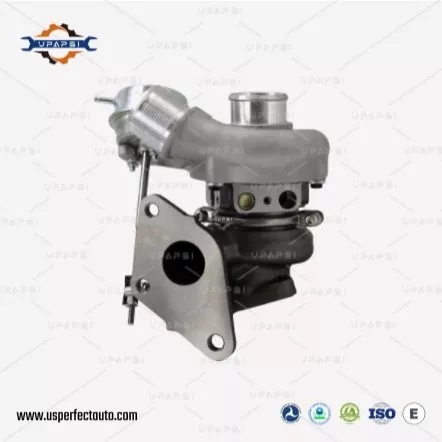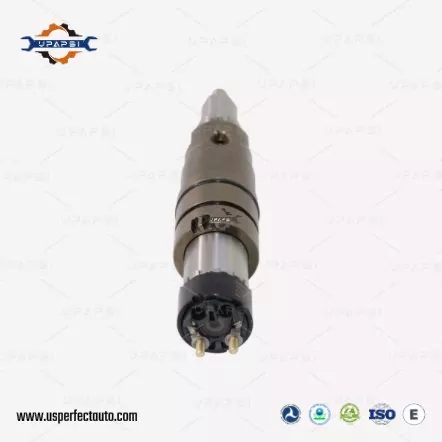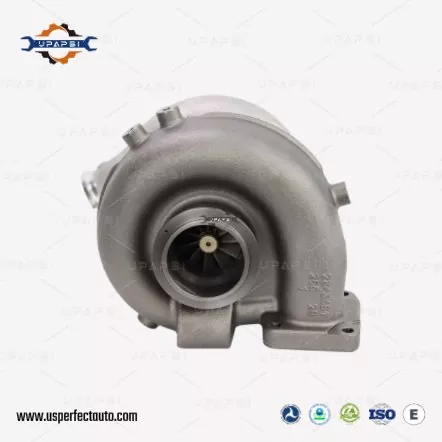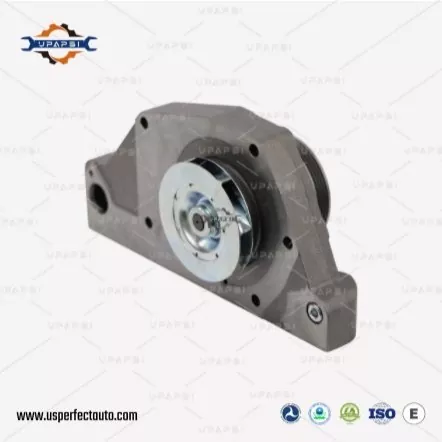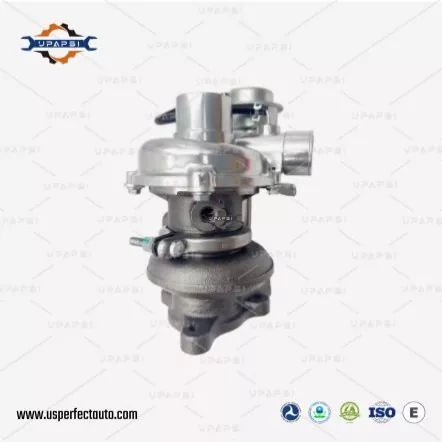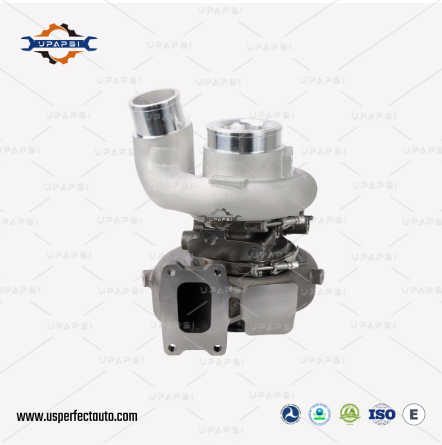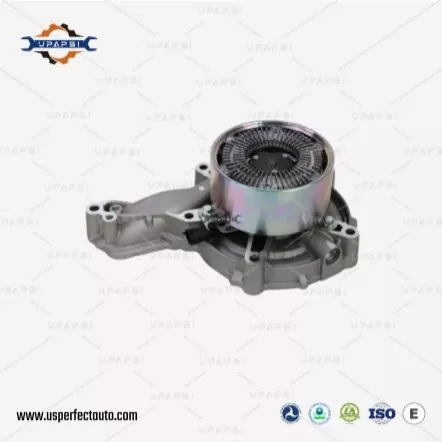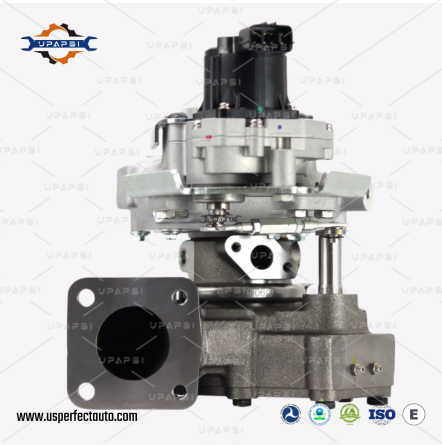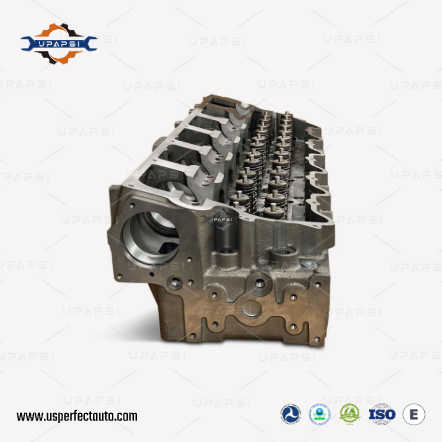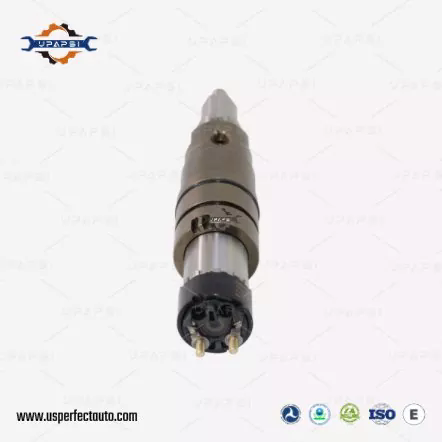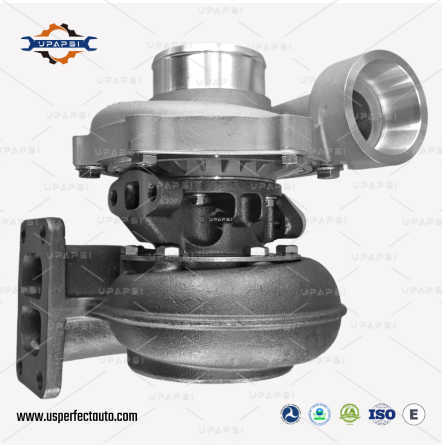Isuzu Turbocharger: the Power Behind the 4JJ1 Turbo Engine
Isuzu's longstanding reputation for producing fuel-efficient and long-lasting diesel engines is supported by its innovative turbocharging systems. Of these innovations, the Isuzu Turbo family stands out as being notable due to its precise engineering, robust reliability, and optimized performance; among this lineup stands out as being particularly impressive, with 4JJ1 Turbo engine representing its unique combination of fuel efficiency, torque delivery and emissions compliance in commercial as well as passenger applications.Isuzu Turbo SystemsThe engineering behind Isuzu Turbo systems has been refined over years of research in diesel engine efficiency and combustion control. Their design philosophy centers around three core areas: boost efficiency, thermal management and mechanical durability.Isuzu's Reliable WorkhorsThe Isuzu 4JJ1 Turbo engine is one of the best-known powerplants in its diesel portfolio, used on popular models like the D-Max and NPR series trucks. Equipped with a variable geometry turbocharger for efficient performance and strong low end torque delivery. Key Specifications Displacement (cc) = 2999
Maximum Power (depending on market variants): 130-171 horsepower (depending on version). Peak Torque Capacity (varies with version). Turbo Type: Variable Geometry Turbochargers (VGTs).
Fuel System: Common-Rail Direct Injection (CRDI) The 4JJ1 Turbo's design ensures optimal airflow and combustion efficiency, significantly improving throttle response while simultaneously decreasing particulate emissions - meeting strict global emission standards such as Euro IV and V without sacrificing performance.1. Performance and Efficiency AdvantagesThe 4JJ1 Turbo's Variable Geometry Transmission (VGT) offers exceptional torque delivery across an expansive RPM range, making it suitable for towing, hauling and off-road driving applications.2. Fuel Economy and Lower EmissionsIsuzu's intelligent turbo-mapping ensures accurate air/fuel ratios, improving combustion efficiency. This results in up to 10-15% greater fuel economy when compared with non-turbocharged or fixed geometry systems.Thermal Stability and DurabilityThe 4JJ1 Turbo's intercooling system effectively lowers intake air temperature to maintain consistent performance even under heavy loads or hot climate conditions.Applications Across Isuzu's Global LineupIsuzu's 4JJ1 Turbo engine powers an extensive lineup of vehicles worldwide, such as D-Max pickups for reliable performance and Isuzu MU-X SUVs with strong torque for smooth drivability.
N-Series light trucks - built for commercial applications that demand endurance and fuel efficiency. Isuzu's flexible turbo architecture allows it to easily adapt across platforms with minimal modifications required.Preventive Maintenance and Common Problems of VehiclesAs with any turbocharged diesel engine, routine preventive maintenance will extend its service life and guarantee optimal performance. Recommendations: For optimal service life in turbocharged diesel engines, synthetic diesel oil should be regularly added as engine oil replacement.
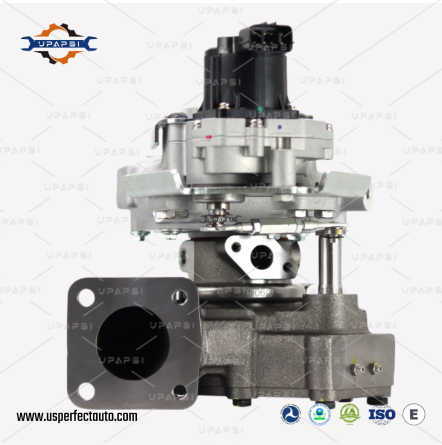
Clean or replace air filters every 10,000-15,000 km to prevent oil coking in the turbo bearings and ensure proper idling before shut down. Common Problems and Solutions: Low boost levels: often due to vacuum leaks or vane actuator malfunction.
Excessive smoke: could indicate EGR or turbo oil seal wear. Whining noises: typically due to bearing wear; early detection can prevent turbine damage.Technological Innovation and Future DirectionIsuzu has made strides to refine its turbocharging technology through electronic wastegate control, lightweight turbine wheels, hybrid system integration, and possible electric-assist turbochargers to further reduce lag and improve transient response, in line with their long-term vision for low emission diesel powertrains.ConclusionThe Isuzu Turbo 4JJ1 represents an industry standard in modern diesel engineering; offering the ideal blend of power, efficiency, and dependability in commercial trucks as well as family SUVs. Isuzu's turbocharged engines continue to set industry benchmarks in performance and endurance.
- HE400VG Turbocharger — Advanced VGT Performance for Modern Diesel Engines
- S410SX Turbocharger for Heavy-Duty Trucks: OEM vs Aftermarket Engineering Analysis
- CAT Turbo 177148: Engineering Performance & Applications
- CAT C15 Turbocharger: Power, Precision, and Proven Performance
- Why Are Reliable Water Pumps Crucial for Kubota and Cummins Engines?
- New Holland Turbo – Driving Innovation and Power in Modern Agriculture


